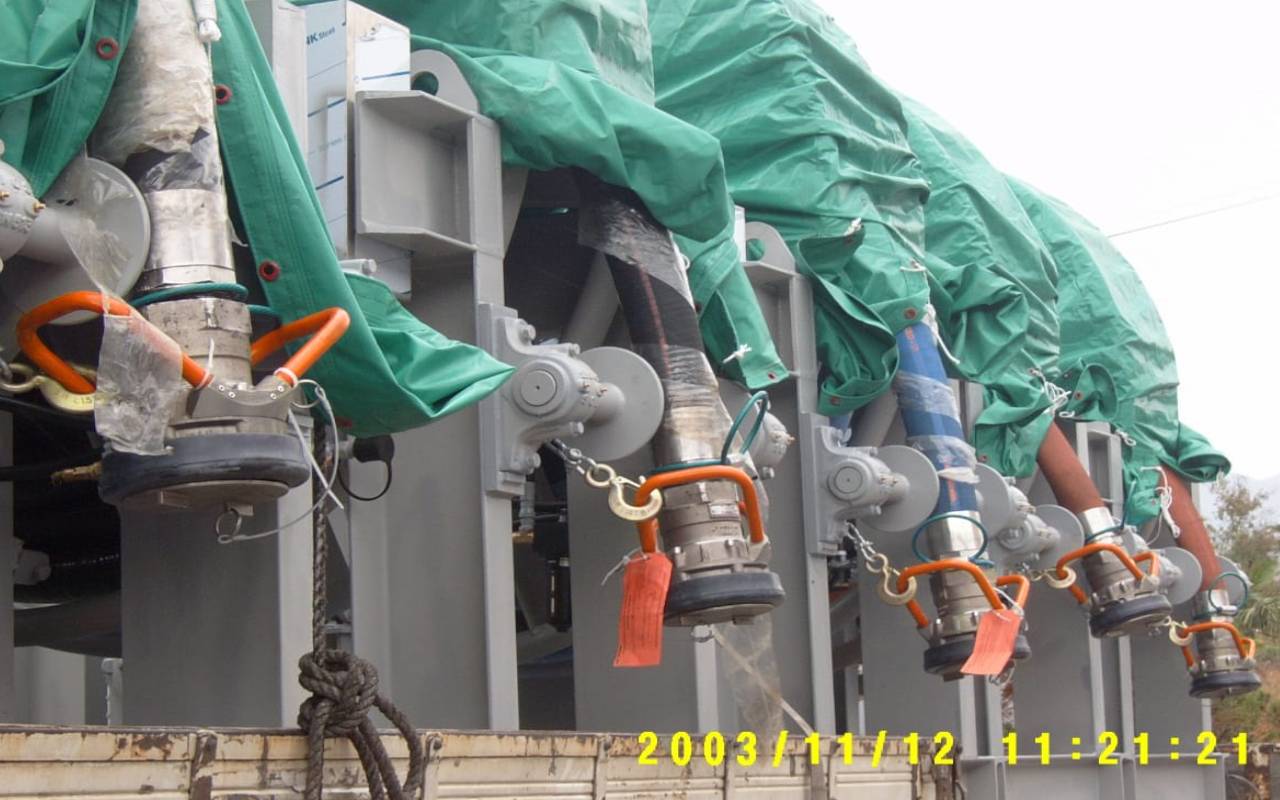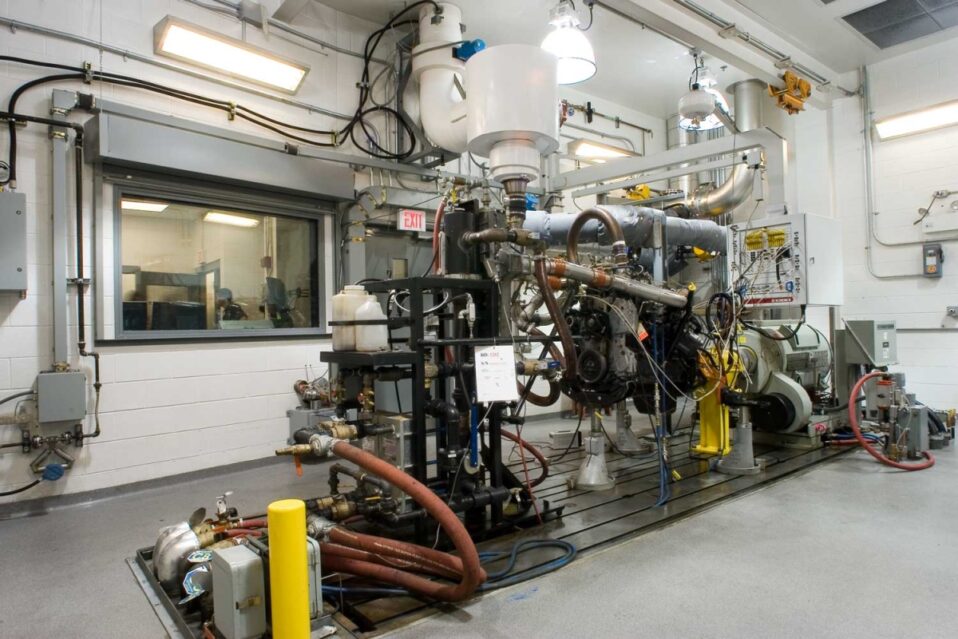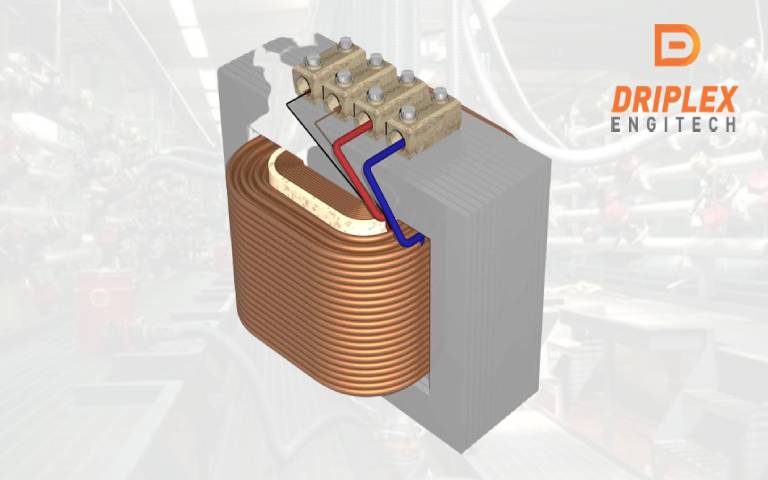Safety couplings are a crucial component of any fluid transfer system, particularly in the upstream oil and gas industry. These couplings help to prevent spills and accidents by providing a secure and safe way to connect and disconnect hoses and pipelines. Two types of safety couplings that are commonly used in the upstream industry are dry breaks and breakaways.
Dry breaks are designed to minimize spillage during the transfer of fluids, gases, and other hazardous materials. These couplings allow for a quick and easy connection and disconnection of hoses and pipelines without any spillage or leaks. Dry breaks are particularly useful in situations where the fluids being transferred are expensive or hazardous, such as crude oil, natural gas, and petrochemicals.
Breakaway couplings, on the other hand, are designed to prevent accidents and spills by disconnecting hoses and pipelines when there is excessive tension or pulling force on them. These couplings consist of two halves that separate when a certain amount of force is applied, such as when a vehicle drives away with a hose still attached. Breakaways are particularly useful in situations where the hoses or pipelines are under constant tension, such as when they are attached to a moving vehicle or a floating offshore platform.
In the upstream industry, safety couplings are essential for maintaining a safe and secure working environment. They help to prevent spills and accidents, which can be costly both in terms of financial losses and damage to the environment. Dry breaks and breakaways are particularly useful for preventing spills and accidents in situations where fluids are being transferred over long distances or in harsh environmental conditions, such as offshore drilling platforms. Dry breaks and breakaways are also easy to install and use, making them a popular choice among operators in the upstream industry. These couplings can be installed quickly and easily, and they require minimal maintenance, which helps to reduce downtime and increase productivity. Additionally, they are designed to withstand the harsh environmental conditions and corrosive fluids that are commonly encountered in the upstream industry.
In conclusion, safety couplings such as dry breaks and breakaways are essential for the upstream oil and gas industry. These couplings help to prevent spills and accidents, which can be costly both in terms of financial losses and damage to the environment. By providing a secure and safe way to connect and disconnect hoses and pipelines, dry breaks and breakaways help to ensure that the fluid transfer process is as safe and efficient as possible.




